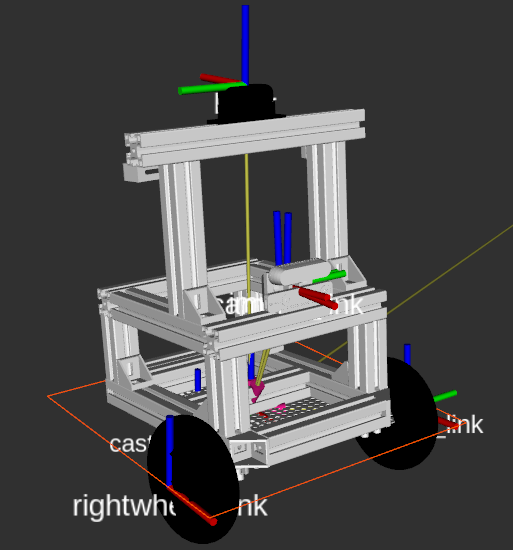Meeting notes on the 4th of October, 2022
Location: Chair of CPS
Date & Time: 7th October, 2022, 09:15 am to 10:25 pm
Participants: Univ.-Prof. Dr. Elmar Rueckert, Linus Nwankwo, M.Sc.
Agenda
- Discussion on ROS-Mobile Control
- Discussion on ODrive torque control
ROS-Mobile and ODrive torque control
- Re-implement the o2s control approach to accommodate the information in the attached figure.
- Write the Arduino code taking into account the rotation matrices
- Implement the open-loop torque control approach




